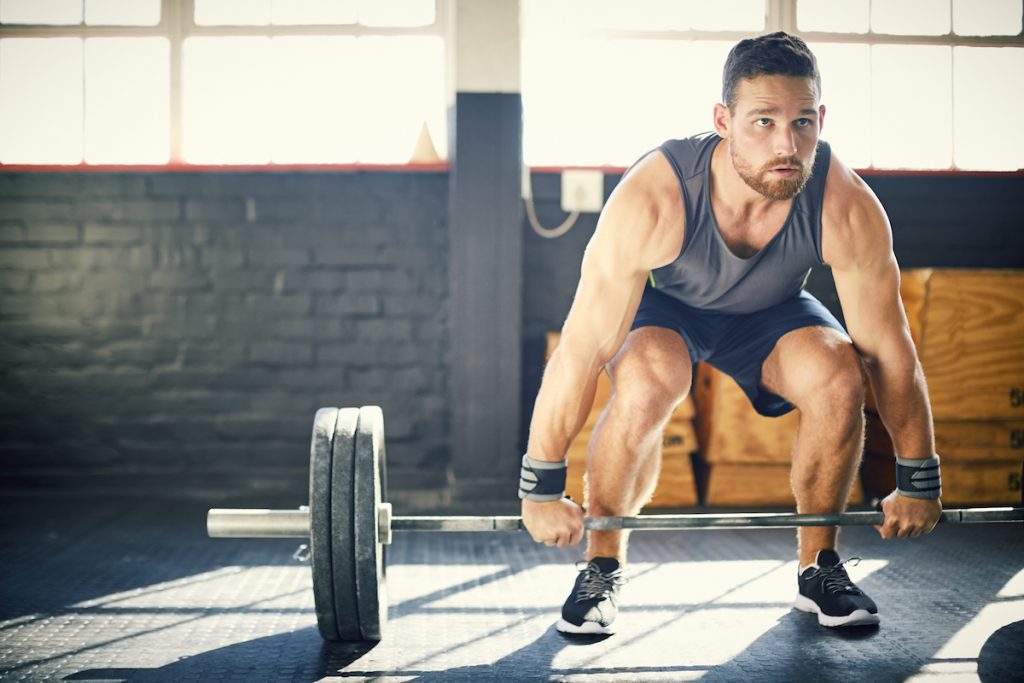Written By: James Hayes
Chiropractor
Deadlifts are an excellent strength building exercise when done correctly. It is a functional movement that engages multiple muscle groups, however when done incorrectly can cause injury!
Muscles involved in a deadlift:
- Low back muscles
- Gluts
- Hamstrings
- Quadriceps
- Trapezius
- Forearm muscles
Proper form is key
If you have never completed a deadlift exercise, it is important to master the movement before you progress to heavy weight. We recommend going with an experienced gym buddy or having a few personal training sessions to teach you to lift with correct form.
Keys to a successful deadlift:
- Feet shoulder width apart (however this can vary)
- Find out what grip feels most comfortable for you (overhand grip or one over and one under)
- Hands shoulder width apart
- Engage core and keep low back in neutral position throughout movement
- As you pull the bar, try and keep it as close to your body as possible
- Keep chest up and look forward
- Toes and knees pointing in the same direction
- Take out the slack in the bar before lifting
- At the end of the movement don’t hyperextend your back
Reasons for injury during a deadlift
The most common area to be injured during a deadlift is the low back. Most common reasons are:
- Rounding your low back during the movement
- Holding the bar too far away from your body
- Hyperextending at the top of the movement
- Ego lifting – lifting more weight and sacrificing form
- Poor warm up
Poor form may lead to muscle strains, and damage to the joints in the spine. Disc herniations, sciatica and in more serious cases cauda equine syndrome can occur after a poorly executed deadlift.
Dee Why Chiropractic Care’s advice
Warm up efficiently doing repetitions at lighter weight to warm up the muscle groups. Use each warm up repetition as practise to fine-tune your form. The technique you use on the lighter weight should resemble the heaviest lift you do. Waist belts are also useful when lifting heavier weights, as they add extra support to the low back.
If you feel pain during a deadlift, stop immediately. Pushing through the pain can lead to further injury and serious complications. You should ice the area immediately for 10-20 minutes every few hours if an injury is sustained.
If you experience any of the following seek professional help:
- Significant low back pain
- Shooting pain in the leg
- Loss of sensation, pins and needles or numbness in the legs
- Decrease in strength in legs
- Changes in bowel and bladder habits
- Loss of sensation in the buttocks area
- Pain when coughing or sneezing
At Dee Why Chiropractic Care treat injured and painful backs on a day-to-day basis. If you have experienced low back pain as a result of deadlifting call us today and find out how we can help!

